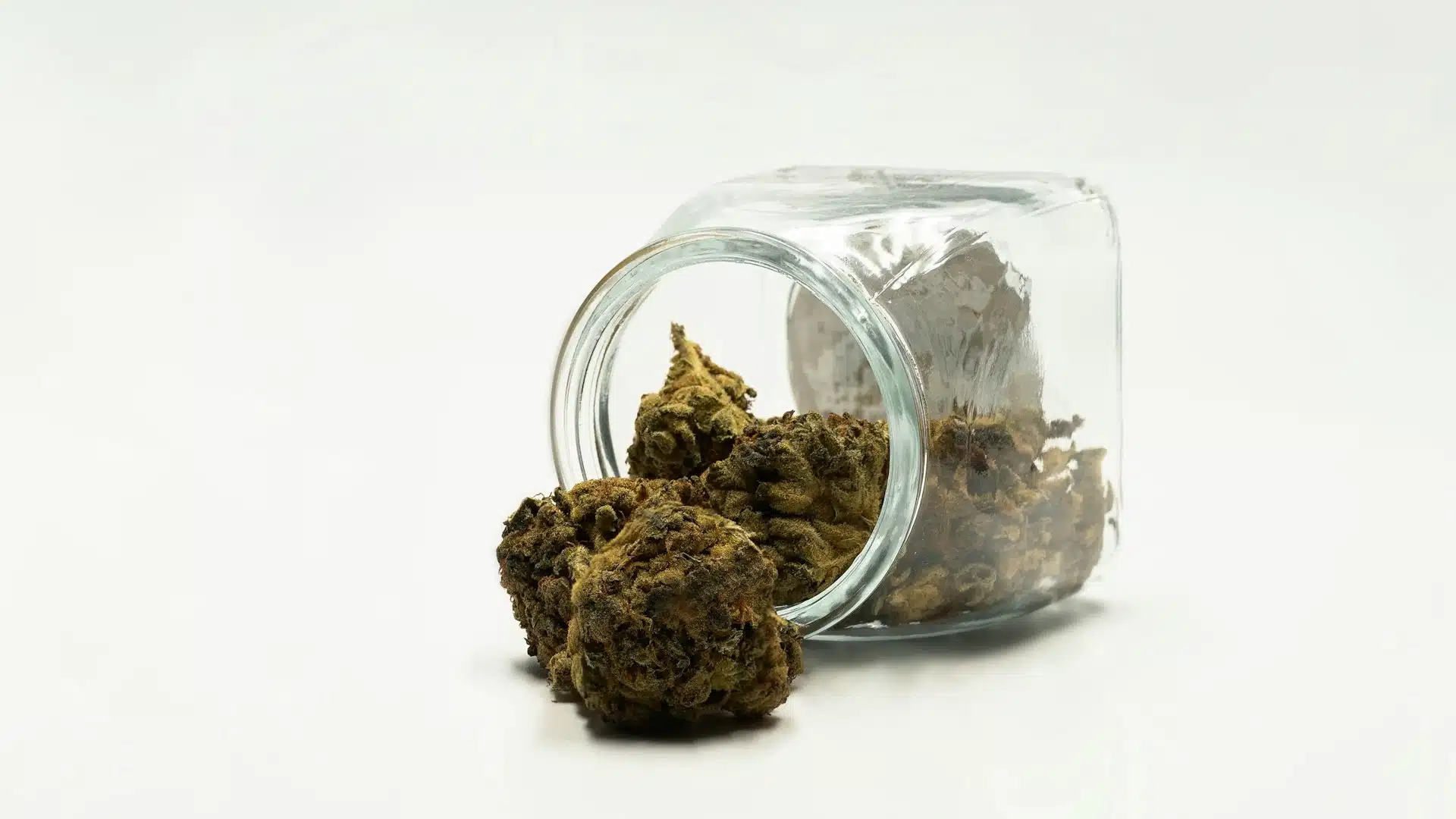As cannabis becomes mainstream across the U.S. and Canada, packaging is no longer just a container. It’s a critical compliance tool, a brand asset, and a key factor in operational efficiency. For cannabis operators—from pre-roll producers to edible makers—getting packaging right means protecting your business, building trust, and standing out in a crowded marketplace.
This guide covers everything you need to know about cannabis packaging in 2025, including regulations, trends, automation, and best practices. Whether you’re launching a new product or scaling production, you’ll find actionable insights here.
What Makes Cannabis Packaging Unique?
Cannabis products come with complex packaging requirements not found in most other industries. Why?
- They’re highly regulated. States and provinces require child-resistant, tamper-evident, and often opaque packaging.
- They need consumer safeguards. Accurate dosing, ingredient transparency, and warning labels are mandatory.
- They face evolving laws. Rules shift regularly, and what’s compliant today may be outdated next quarter.
The stakes are high: poor packaging can lead to product recalls, fines, or revoked licenses.
Legal Packaging Requirements (U.S. & Canada)
Federal Guidelines
- Child-Resistant Packaging (CR): Must meet Poison Prevention Packaging Act (PPPA) standards
- Tamper-Evident Seals: Required on all ingestible products
- Opaque Containers: Especially important for edibles
- Labeling: Must include THC/CBD content, ingredients, allergens, batch numbers, and warnings
State-Specific Examples
- California: Strictest in the U.S. – bans appealing imagery, mandates both primary and informational panels
- Maryland: Requires lab-certified Certificate of Analysis accessible via QR code
- Colorado: Requires glass, child-proof jars for edibles
- Massachusetts: Labels must include delayed-effect warnings and universal cannabis symbol
Canada
- Standardized Symbols: THC presence must be clearly marked
- No Brand Endorsements: Celebrity images, claims, or characters are banned
- Provincial Limits: Quantity per package varies by province (e.g., 150g in Nova Scotia)
Labeling: What Needs to Be Included
Every cannabis label must have two panels:
- Primary Panel:
- Product name
- THC/CBD content
- Universal cannabis symbol
- Informational Panel:
- Ingredient list (in descending order)
- Nutritional facts (for edibles)
- Allergen declarations
- Expiration date and batch number
- Legal warnings (e.g., “For use by adults 21+ only”)
Tamper-Evident and Resealable Packaging
Beyond basic protection, tamper-evident packaging is legally required for many cannabis products. Best practices include:
- Shrink bands or wrap seals for jars and tinctures
- Induction seals for liquids and oils
- Tamper-evident stickers for outer packaging
Multi-dose packaging (e.g., for gummies or tinctures) must also be resealable to maintain CR and freshness.
Sustainability in Cannabis Packaging
With consumers increasingly eco-conscious, sustainable packaging isn’t optional – it’s a competitive differentiator.
Eco-Friendly Options
- Biodegradable films and boxes made from hemp or kraft paper
- Reusable containers like glass jars or metal tins
- Recyclable materials including Polyethylene Terephthalate, aluminum, and Post-Consumer Recycled plastics
Automation: The Engine Behind Smart Cannabis Packaging
Manual packaging simply can’t keep up with demand. Automation provides:
- Accuracy: Weighing down to 0.001g
- Speed: Thousands of pre-rolls or jars per hour
- Consistency: No variance, no waste, no downtime
- Compliance: Integrates weighing, labeling, and tamper-proof sealing
Best Practices for Cannabis Operators
1. Stay Ahead of Regulations
- Monitor changes state-by-state
- Maintain up-to-date CR certifications
- Partner with labs for consistent product testing
2. Design with Purpose
- Avoid appealing to minors
- Use clean typography and discreet aesthetics
- Leverage QR codes for traceability and COA access
3. Invest in Technology
- Use automated weigh-fill systems for precision
- Integrate twist/finish modules for pre-rolls
- Opt for scalable, modular machines as demand grows
Choosing the Right Equipment Partner
Cannabis packaging success depends on more than just following the rules. It demands equipment that evolves with your operation.
ActionPac machines are trusted across the cannabis industry for a reason:
- RollMaster420: High-speed pre-roll automation
- TWISTMASTER™: A smart finishing solution for cone sealing.
- Micro420: The only system that guarantees a mix of large and small buds per jar
- Mini420: Perfect for tight spaces, built for ground flower
- Rad420: Built for bulk, scaled for growth
Each machine is engineered for compliance, uptime, and accuracy down to the milligram.
Key Takeaways
- Compliance is complex, but manageable with the right systems
- Regulations change constantly – stay informed
- Sustainability and design are just as important as safety
- Automation isn’t optional at scale
The cannabis market isn’t slowing down – and neither are the rules. Packaging isn’t just a legal requirement. It’s your first line of brand trust, consumer safety, and operational efficiency. Follow this guide, and you’ll be prepared to navigate the future of cannabis packaging with confidence.
Need help upgrading your line? Get a demo from ActionPac to see what precision automation really looks like.



